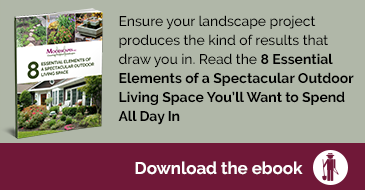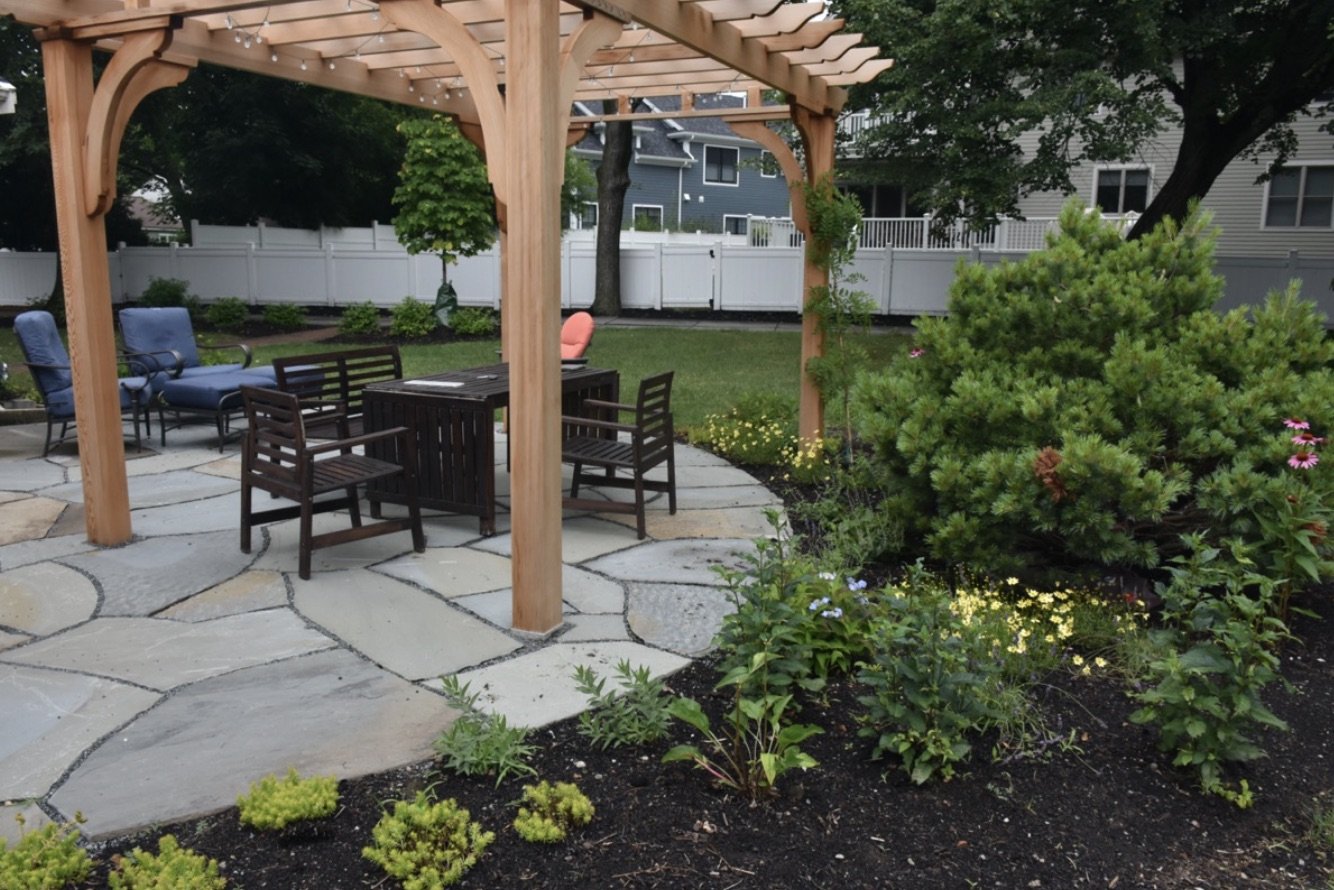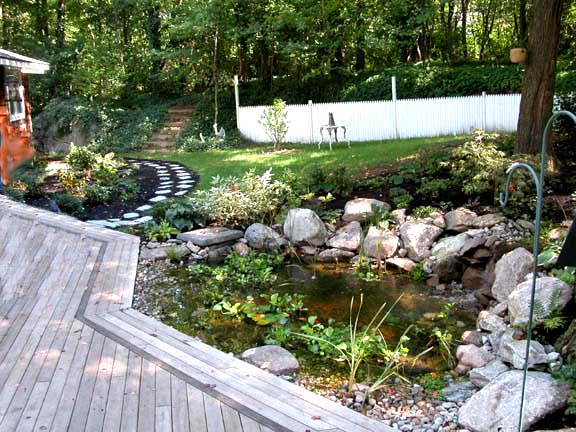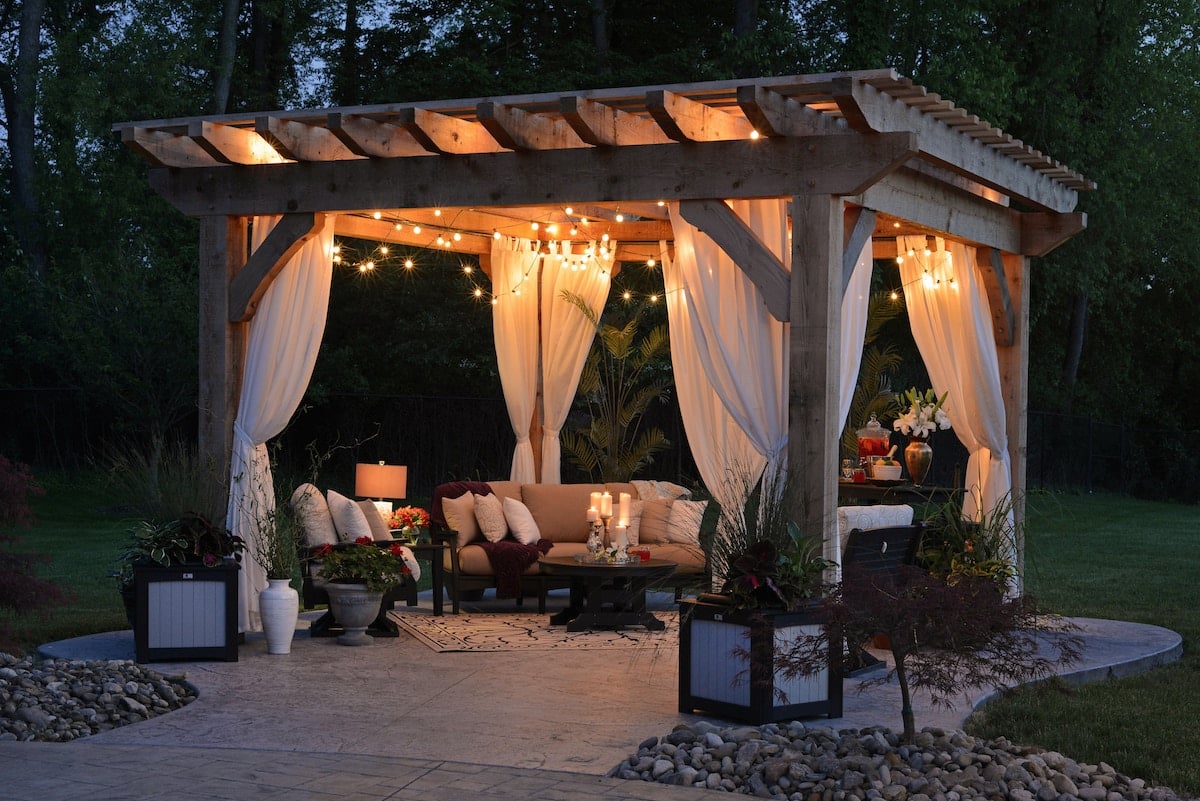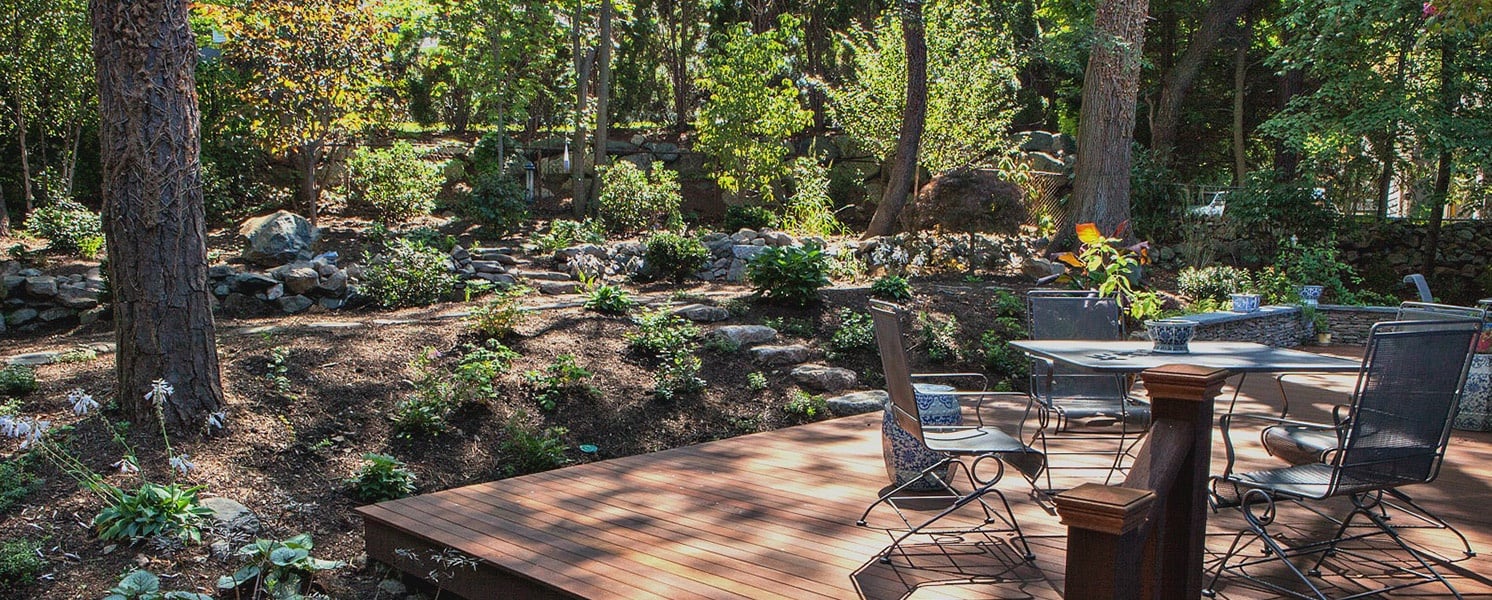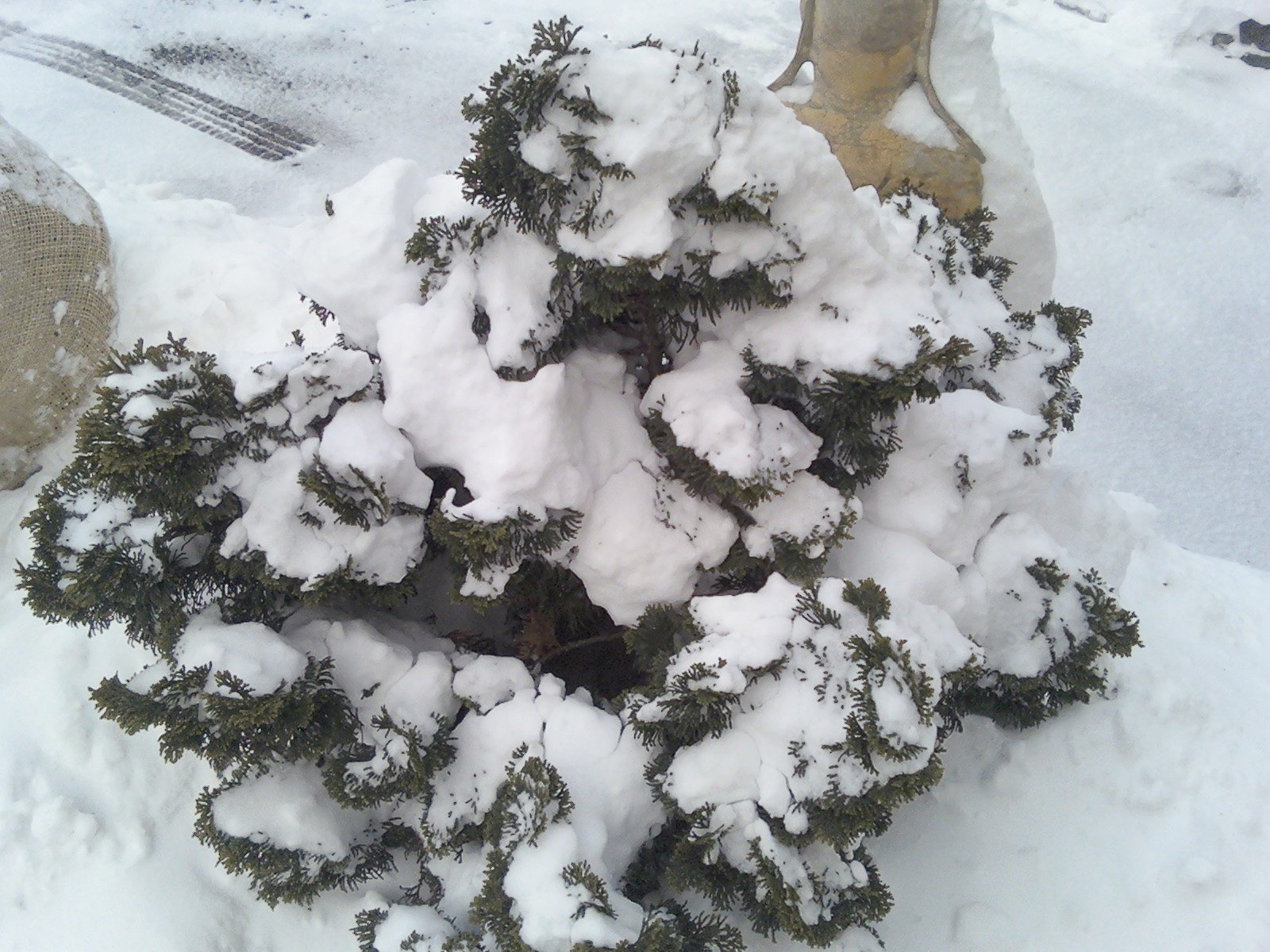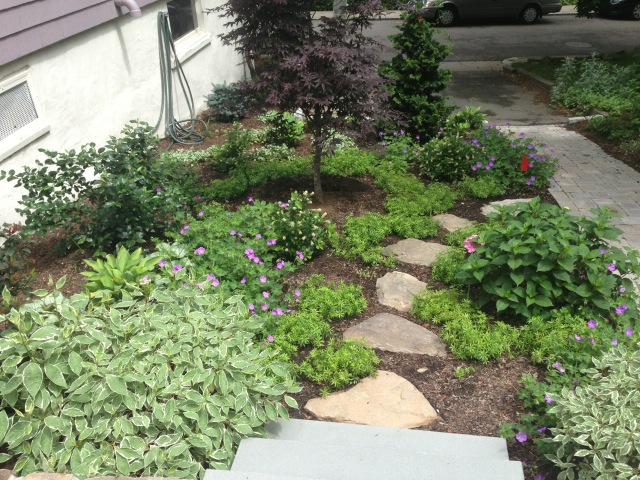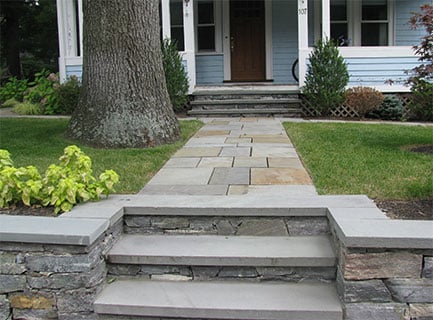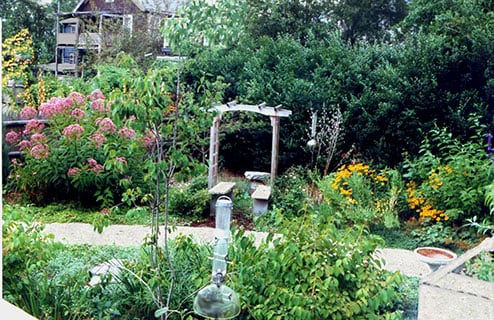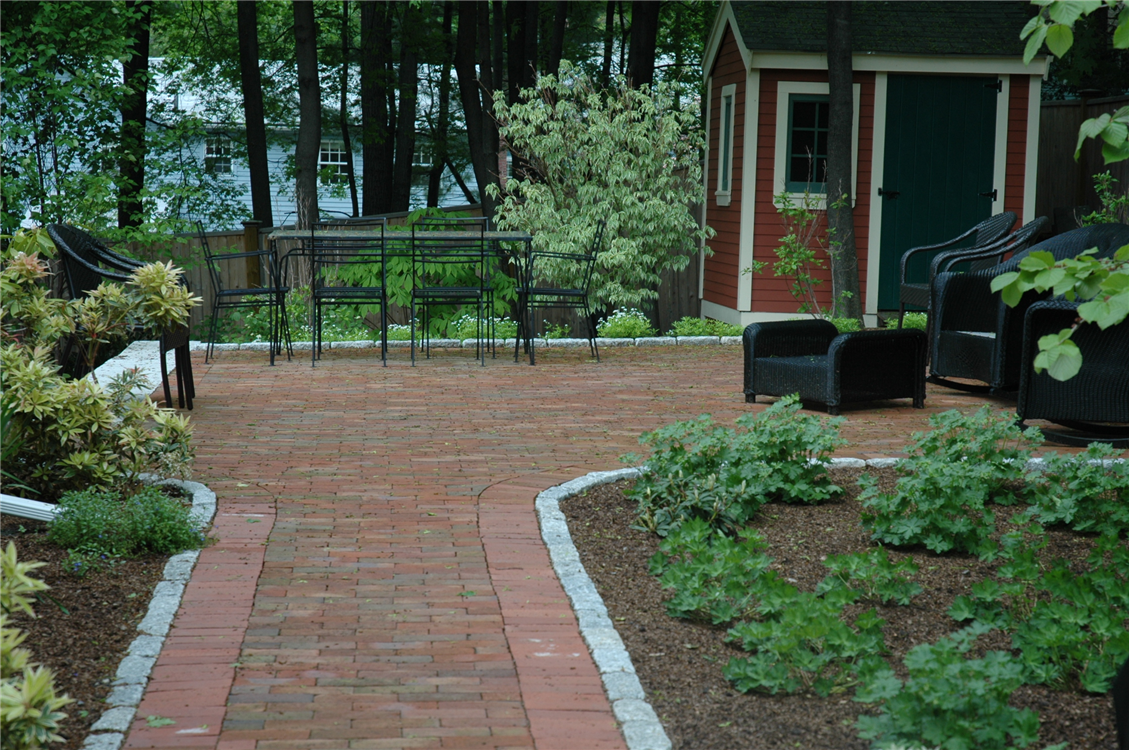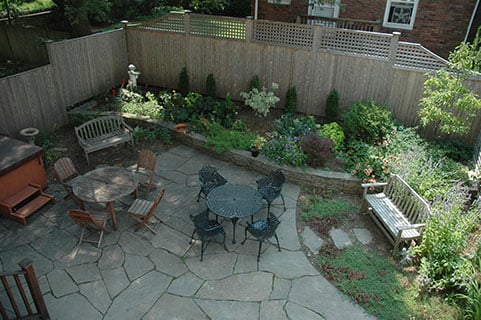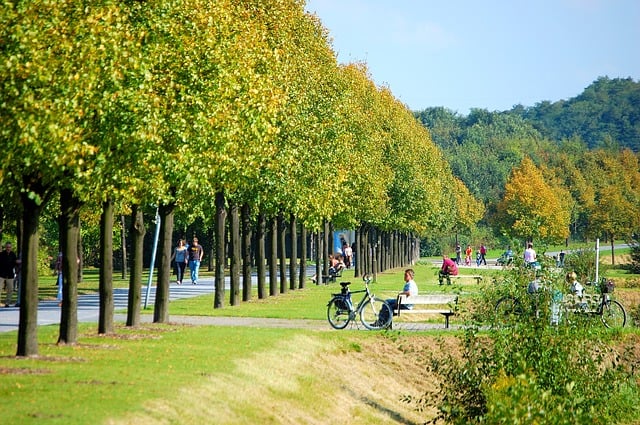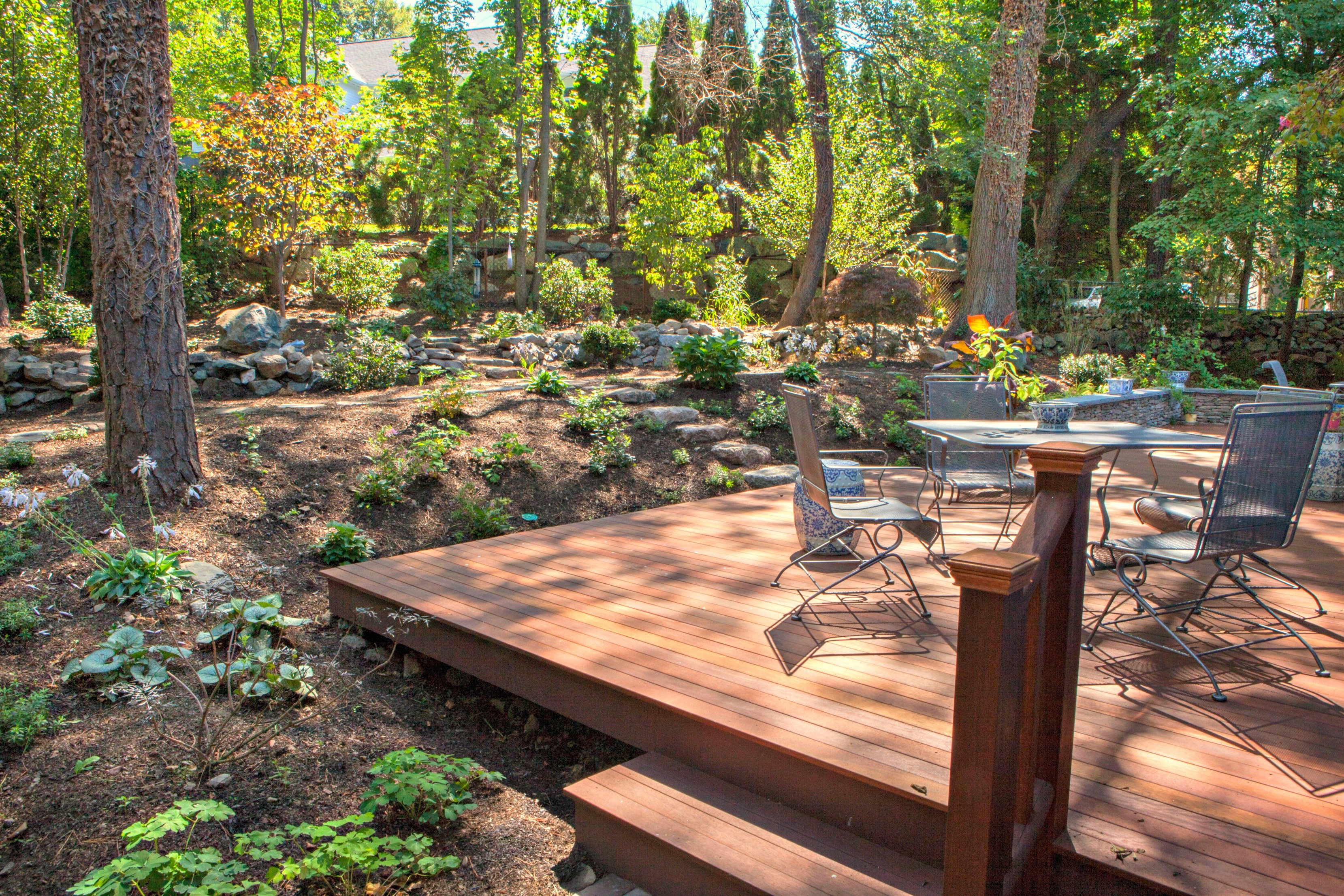Hosting backyard cookouts is one of the premier perks of suburban living. Whether it's a large gathering for a special occasion, or just showing off your latest fancy burger recipe to a few friends, it can be a great way to share and enjoy your outdoor spaces. A well-designed outdoor cooking space will have you wanting to cook every meal outside. Here’s some ideas to make yours great.
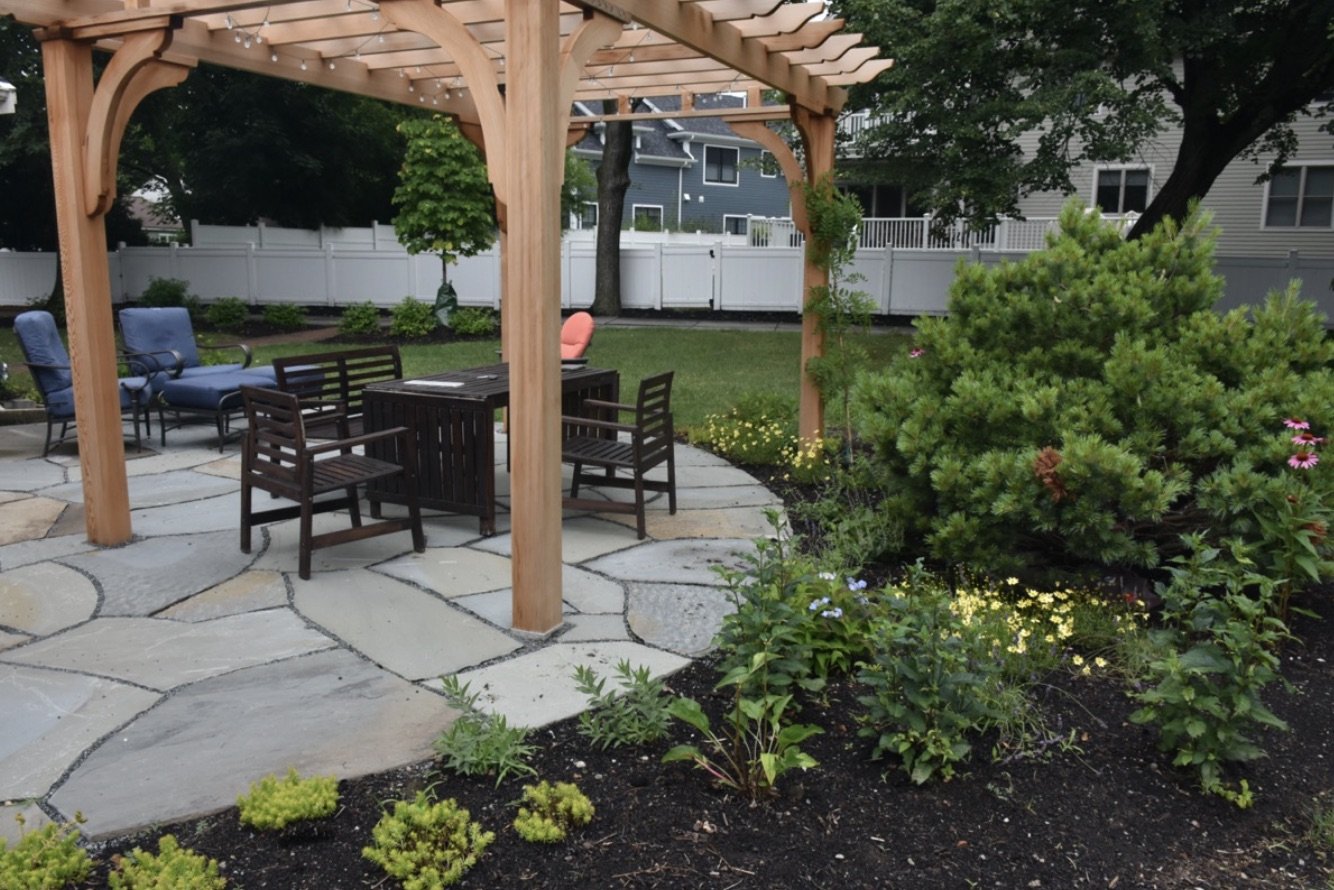
Optimizing Your Outdoor Space
All you really need to cook outside is food and a way to heat it, the same way it's been done since the time of cavemen. Luckily, outdoor cooking has evolved significantly, so we can worry more about keeping our guests entertained and comfortable and less about defending our meal from predators.
Location
Picking the right spot for your outdoor cooking area can make all the difference between wanting to use it every chance you get, and going unused for months at a time. Convenience is key.
Staying close to your indoor kitchen can shorten the inevitable trips back and forth to grab your tongs or rush to get that one last seasoning you forgot to add, being close to your chosen dining area can eliminate carrying precarious trays long distances, and having room for yard games nearby will surely keep the party all in one place. Closer to the house is the obvious choice and can be convenient for access to power, gas, and water, but be sure your grill is a safe distance from your house and anything else flammable.
Surface
Outdoor kitchen areas are usually pretty high traffic, so a hard, durable surface is the way to go. Concrete is always an option, and can be stamped to imitate stone or brick; however, impermeable surfaces can cause drainage issues and are not as kind to the environment.
Natural stone, manufactured pavers, or even something like pea gravel are all great options for attractive outdoor areas. These materials will allow for more natural drainage, will blend in better with the natural landscape, and may even be less expensive to install than a simple concrete slab.
Grill Options
The grill is the focal point of your outdoor cooking space. It’s where hungry guests will naturally gather, hoping to sneak a peek at the food, or offer tips and advice on your grilling methods. Grills come in all kinds of shapes and sizes to meet your wildest outdoor cooking desires, but they can be broken down into three main categories based on the fuel they use.
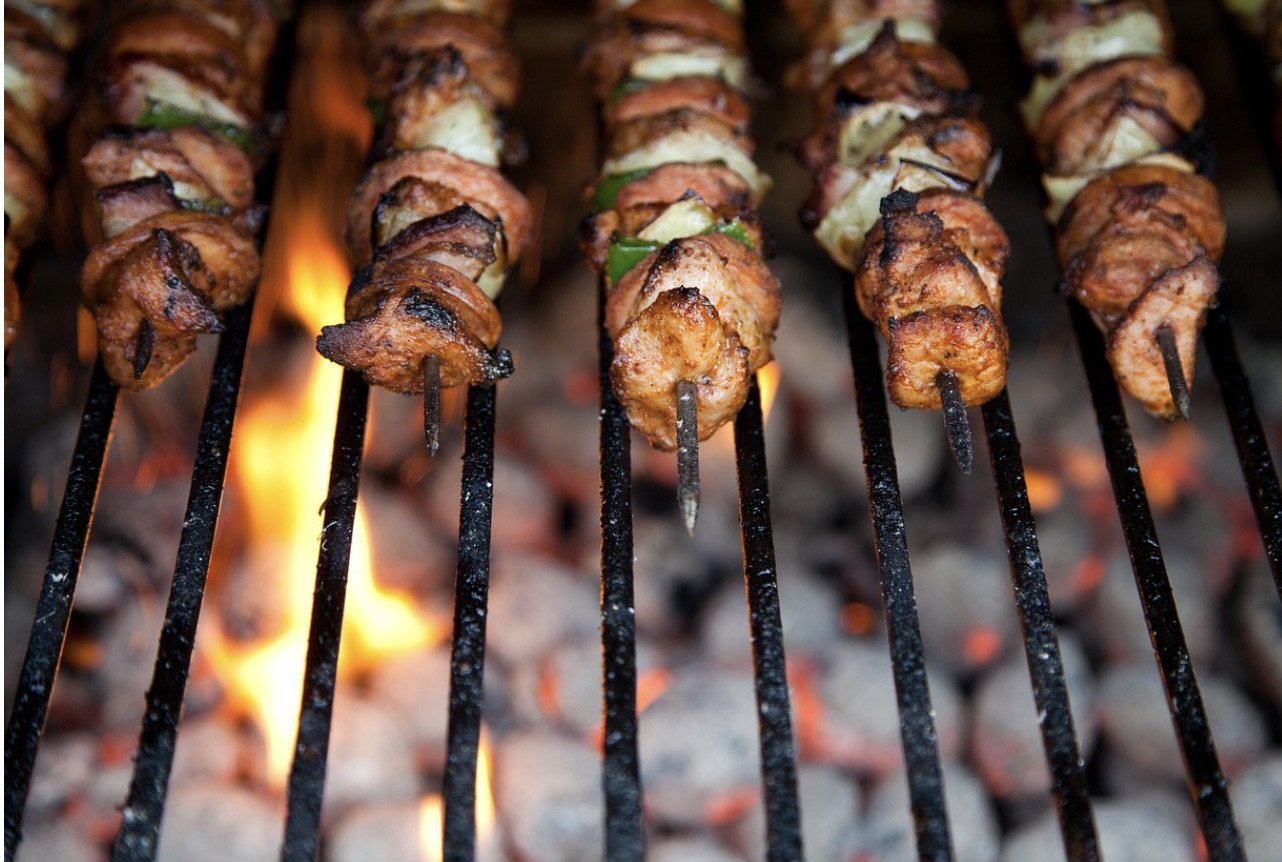
Charcoal
A gas grill is a great choice for convenience and a clean and fast outdoor cooking experience. The main appeal to gas grills is the quick and simple startup procedure: Just turn on the gas, push the igniter, and it’s ready to go!
You will need to swap out tanks occasionally unless you opt for plumbing a gas line from your house out to your grilling area, but even with the portable propane tanks, you’ll still be doing alot more grilling than replenishing fuel.
Gas also has the added benefit of being able to be extinguished quickly, which can be an added safety benefit. The only apparent downside to gas grills is that food prepared on them can lack the smokey taste when prepared over wood or charcoal fuels.
Pellet Grills
These are a more recent entry to the outdoor cooking market, but can be a versatile addition to your outdoor kitchen. Pellet grills provide cooking heat by feeding small compressed wood pellets and air into a fire pot, creating a very hot, clean burning wood fire. They are a great middle ground between charcoal and gas grills, adding wood fired flavor to your food but with ease of use and startup time that almost rivals gas grills.
Pellet grills also have the added benefit of precise temperature control which is great for smoking meats, preparing frozen food, or even outdoor baking.
The main downside to pellet grills is that they require the lid to be closed to maintain temperature, so if you’re the type of outdoor cook who likes to stand over the grill with a novelty apron and spatula admiring your burgers, one of the other options may be a better choice for you.
Outdoor Amenities
It’s pretty clear that the grill is the star of the show, but it’s everything else that takes your space from a forgotten grill out on the patio, to an outdoor kitchen that you can’t wait to use.
Hardscape and Garden Accents
The perimeter of your outdoor kitchen should flow naturally into your garden. Low rock walls, water features, and raised planters can be great edge pieces to separate your cooking area from the rest of your yard. Since you’ll most likely be frequenting this area more than the rest of your yard, you can showcase your favorite plants nearby, or plant your vegetables and herbs within reach for easy access.
Furniture
The perimeter of your outdoor kitchen should flow naturally into your garden. Low rock walls, water features, and raised planters can be great edge pieces to separate your cooking area from the rest of your yard. Since you’ll most likely be frequenting this area more than the rest of your yard, you can showcase your favorite plants nearby, or plant your vegetables and herbs within reach for easy access.
Heating and Cooling
We all like to picture our cookouts taking place in perfect weather, but in reality that’s not always the case. Fire pits and free standing propane heaters can be excellent options for those chilly nights, and wall mounted fans or even a ceiling fan attached to a pergola or gazebo are great for keeping cool on hot summer days. Another benefit of the fans is that the air movement will deter bugs from ruining your picture perfect cookout.
Whether you just want a space to enjoy the outdoors while you make dinner, or plan on hosting the backyard bash of the summer, a great outdoor kitchen is a wonderful addition to any backyard. With some thought and planning (and maybe a little help from the experts) you can have a great space to enjoy for years to come.
